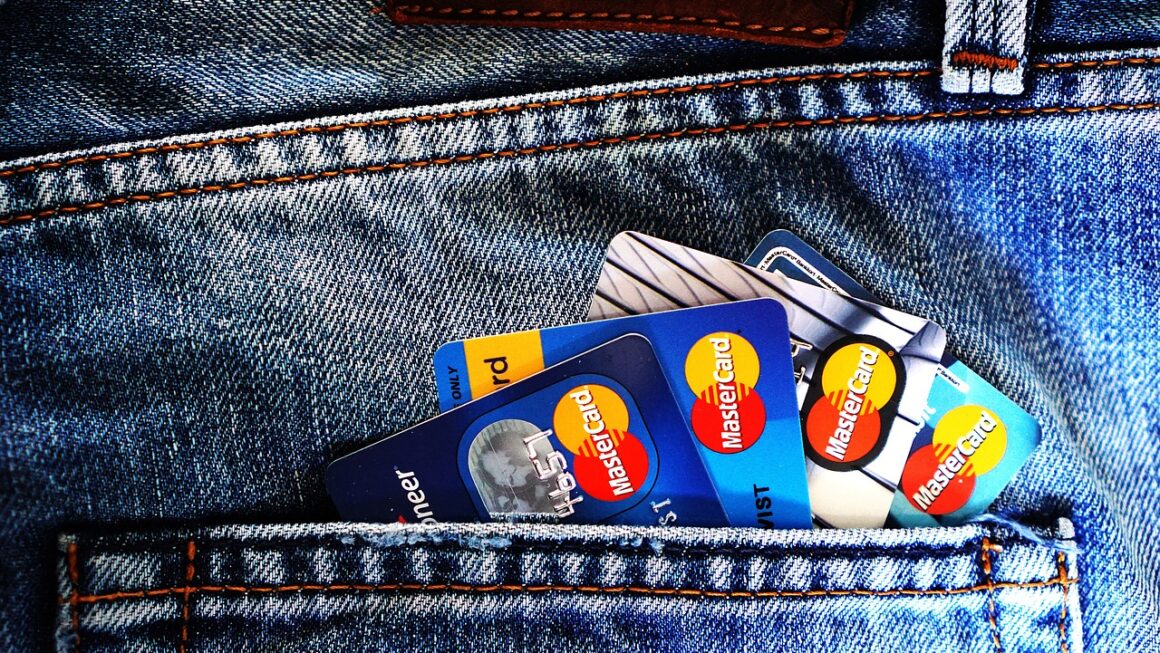Looking for a flexible way to earn extra income? Food delivery gigs are booming, offering individuals the opportunity to become their own boss and set their own hours. Whether you’re seeking a side hustle or a full-time income, the world of food delivery offers diverse platforms and opportunities. This comprehensive guide explores everything you need to know about navigating the food delivery gig landscape.
What are Food Delivery Gigs?
Understanding the Gig Economy
Food delivery gigs fall under the broader umbrella of the gig economy, where individuals work on a contract or freelance basis rather than as traditional employees. This offers both flexibility and autonomy.
- Flexibility: Set your own schedule and work when it suits you.
- Autonomy: Be your own boss and manage your workflow.
- Variety: Deliver from various restaurants and locations.
The gig economy has seen exponential growth in recent years, driven by technological advancements and a changing workforce.
How Food Delivery Gigs Work
Food delivery gigs connect independent contractors (drivers) with customers ordering food through online platforms. Here’s the typical process:
Popular Food Delivery Platforms
Several major players dominate the food delivery market:
- DoorDash: Known for its wide availability and strong market share.
- Uber Eats: Integrated with the Uber transportation app, offering a seamless experience.
- Grubhub: One of the oldest and most established platforms, with a broad restaurant network.
- Instacart: Primarily focused on grocery delivery, but also includes restaurant delivery in some areas.
These platforms offer different pay structures, incentives, and geographical coverage, so it’s essential to research which one suits your needs best.
Getting Started as a Food Delivery Driver
Meeting the Basic Requirements
Becoming a food delivery driver typically involves meeting certain basic requirements:
- Age: Most platforms require you to be at least 18 years old.
- Vehicle: You’ll need a reliable vehicle (car, scooter, or bicycle, depending on the platform and location).
- Driver’s License: A valid driver’s license is essential for car deliveries.
- Insurance: You must have valid auto insurance that meets the platform’s requirements.
- Background Check: Platforms conduct background checks to ensure safety and reliability.
- Smartphone: A smartphone is essential for navigating, accepting orders, and communicating with customers.
The Application Process
The application process is usually straightforward:
Essential Equipment
While not always mandatory, having the right equipment can significantly improve your efficiency and customer satisfaction:
- Insulated Food Delivery Bag: Keeps food hot or cold during transit.
- Phone Mount: Securely holds your phone for navigation.
- Portable Charger: Prevents your phone battery from dying mid-shift.
- Navigation App: Use Google Maps, Waze, or other navigation apps to find the fastest routes.
- Hot/Cold Packs: Extra insulation for maintaining food temperature.
Maximizing Your Earnings
Understanding Pay Structures
Food delivery platforms use various pay models:
- Base Fare: A fixed amount for each delivery.
- Tips: Customers can tip you through the app or in cash.
- Bonuses: Platforms offer bonuses during peak hours or for completing a certain number of deliveries.
- Promotions: Special incentives to encourage drivers to work during high-demand periods.
Understanding these components is crucial for calculating your potential earnings.
Strategic Scheduling
To maximize your income, consider these scheduling tips:
- Work During Peak Hours: Dinner (5 PM – 9 PM) and lunch (11 AM – 2 PM) are usually the busiest times.
- Target High-Demand Areas: Focus on areas with a high concentration of restaurants and residential customers.
- Utilize Platform Tools: Most platforms offer tools to identify busy zones and peak times.
- Accept High-Value Orders: Prioritize orders with larger tips and higher base fares.
Excellent Customer Service
Providing excellent customer service can lead to higher tips and better ratings:
- Communicate Effectively: Keep customers informed about the status of their order.
- Handle Food Carefully: Ensure the food is delivered in good condition.
- Be Prompt and Polite: Deliver orders on time and with a friendly attitude.
- Follow Delivery Instructions: Pay attention to special requests and delivery instructions.
Tracking Your Expenses
As an independent contractor, you’re responsible for managing your own expenses. Tracking your mileage, fuel costs, and other expenses is essential for tax purposes. Use apps like Stride or Everlance to simplify expense tracking.
Pros and Cons of Food Delivery Gigs
Benefits of Food Delivery
- Flexibility: Set your own hours and work when it’s convenient for you.
- Independence: Be your own boss and manage your workflow.
- Earning Potential: The potential to earn a good income, especially during peak hours.
- Low Barrier to Entry: Relatively easy to get started compared to other jobs.
- Exercise: If you deliver by bicycle, you can get exercise while working.
Drawbacks of Food Delivery
- Variable Income: Earnings can fluctuate based on demand and tips.
- Expenses: You are responsible for vehicle maintenance, fuel, and insurance costs.
- Wear and Tear: Frequent driving can put wear and tear on your vehicle.
- Safety Concerns: Dealing with traffic, weather, and potential interactions with strangers can pose safety risks.
- Lack of Benefits: As an independent contractor, you don’t receive employee benefits like health insurance or paid time off.
Conclusion
Food delivery gigs offer a flexible and accessible way to earn income. While there are drawbacks to consider, the benefits of autonomy and flexible scheduling make it an attractive option for many. By understanding the platforms, maximizing your efficiency, and providing excellent service, you can thrive in the food delivery gig economy. Do your research, plan strategically, and start delivering your way to financial success.




